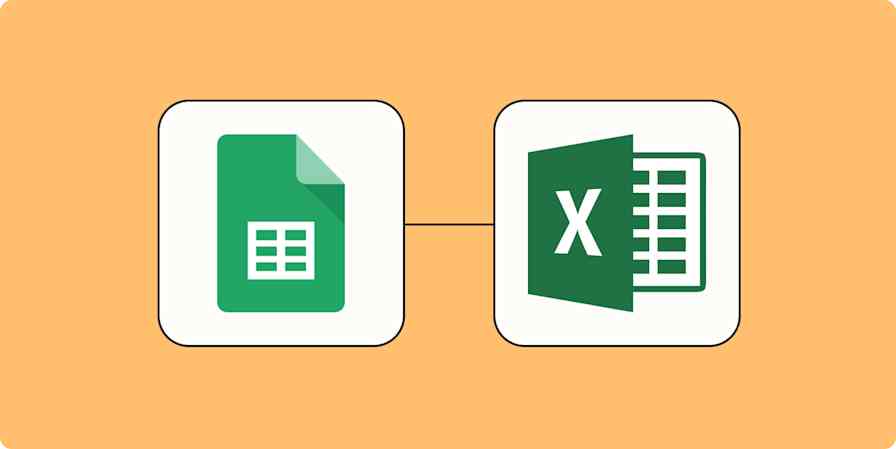Best apps
17 min readThe 8 best database-powered app builders
These database software solutions do more than store your data—they let you create and build apps to do something with that data.
By Miguel Rebelo · February 15, 2024

Get productivity tips delivered straight to your inbox
We’ll email you 1-3 times per week—and never share your information.
Related articles
Improve your productivity automatically. Use Zapier to get your apps working together.






